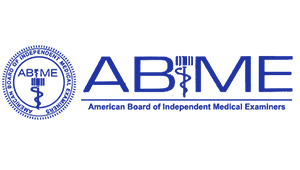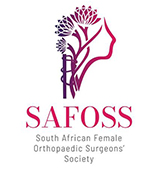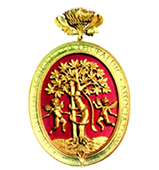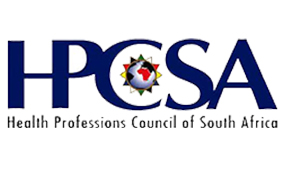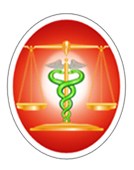What is Lower Limb Deformity Correction?
The lower limbs, also called lower extremities, are your legs. Lower limb deformity is a musculoskeletal abnormality or defect in the leg. It can be:
- Congenital (something you are born with) or developmental
- Acquired as the result of injury (like a fracture), infection, arthritis or tumour
Lower limb deformity correction is the surgical modification or reshaping of bones that are growing or anatomically positioned incorrectly.
The procedure involves any of the following:
- Straightening of the tibia (shin bone) that is unusually bent or twisted
- Lengthening or shortening of the tibia to a normal size
The type of correction depends on type of the deformity and functional deficit.
Indications
A mild difference in the appearance or length of the lower limbs or loss of function in the affected limb is the major indication for correction. Other signs can be:
- Misalignment or misplacement of the tibia
- Bone infection (osteomyelitis) in the lower limb
If Left Untreated
If left untreated, the condition may:
- Cause pain or arthritis
- Affect joint alignment
- Restrict mobility
Preparation
A few days prior to the correction, your surgeon will order detailed imaging scans of the affected lower limb to define the level, magnitude and direction of deformity. Subsequently, you will be instructed to:
- Stop any medication that interferes with bone correction
- Prepare your home to adapt to the lifestyle change after the surgery
- Prepare clothes that are comfortable to wear and easy to take off
- Arrange someone to drive you home after the procedure
The Procedure of Deformity Correction
The lower limb deformity can be corrected in two different ways:
- Acute correction (all at once during the surgery) - This is used if the deformity is small and the correction is needed in only one direction.
- Gradual correction (over several weeks or months) - This method is used if the deformity is complex.
Your surgeon will choose the best approach for you based on the requirement.
Regardless of type, the deformity correction involves a procedure called an osteotomy, followed by either external fixation or internal fixation. The procedure is performed under general anaesthesia.
Osteotomy:
- An incision is made in the skin to access the affected area of the lower limb.
- A cut is made across the affected bone to create two bone segments.
Post osteotomy, the bone that is cut is surgically straightened, lengthened or shortened as necessary, using any of the following methods.
Internal fixation:
- The bone segments are manually moved into the correct anatomic position.
- Internal devices such as nails, rods, metal plates or pins are inserted.
- The bone segments are then secured with these devices until the bone is healed.
The internal device may be removed once the bone heals.
In some situations, the surgeon may use fixator-assisted nailing or plating and apply a temporary external fixator during the surgery. This is done to hold the bone segments in perfect position or alignment while an internal device is being applied.
The external fixator is removed after the surgery; however, the internal fixation remains.
External fixation:
- The bone segments are manually moved into the correct anatomic position.
- Surgical rods are screwed into two bone segments and exit the body.
- The rods are then attached to a stabilising structure on the outside of the body.
The incision wounds are then closed with stitches.
The surgeon may use either of the following external fixators:
- Circular/ring external fixators (Taylor Spatial Frame or Ilizarov Apparatus)
- Monolateral external fixators (a straight bar that is placed on one side of the leg).
After the surgery, you will be given specific instructions and a schedule for how to adjust the external fixator so that it slowly corrects the bone.
This gradual process is called distraction, meaning “pulling apart.” As the two bone segments are slowly pulled apart, new bone forms in the space between them, enabling correction.
After Care
After the surgery, you will be provided with a specific rehabilitation routine and other general instructions for surgery site care will need to be strictly followed.
Benefits
- Pain-relief
- Improved mobility
- Normal alignment and function
Possible Complications
- Pain at the surgery site
- Infections
- Stiffness
- Blood clotting
- Nerve damage



